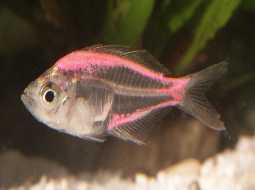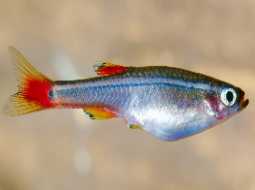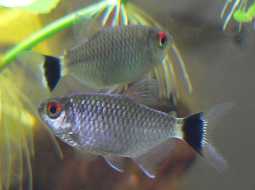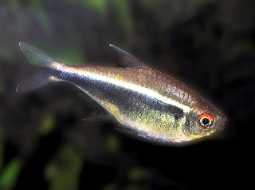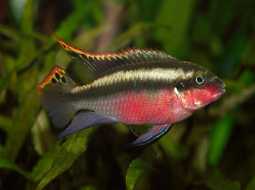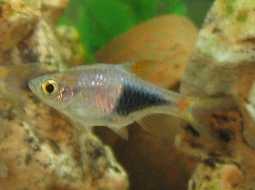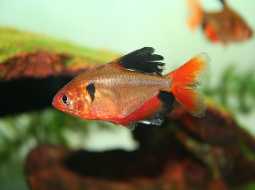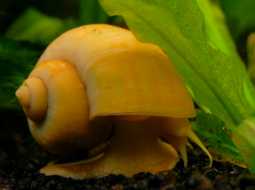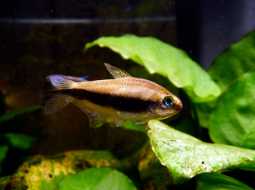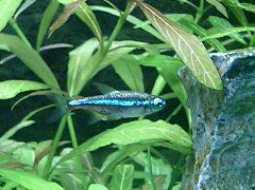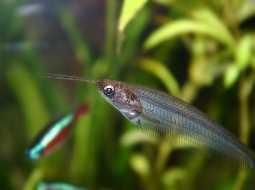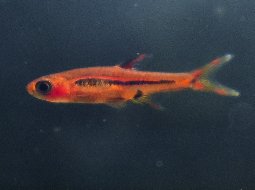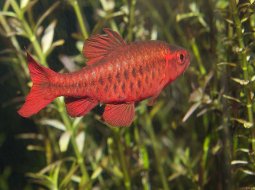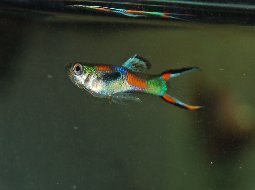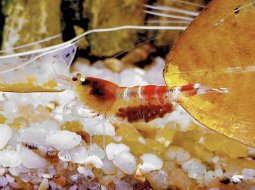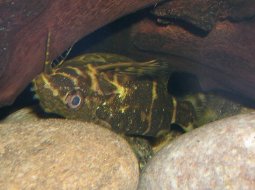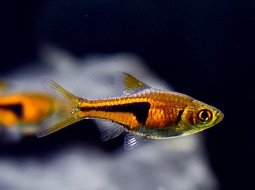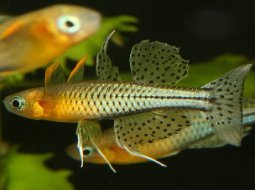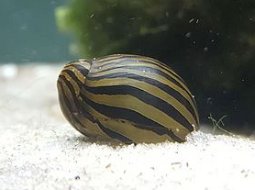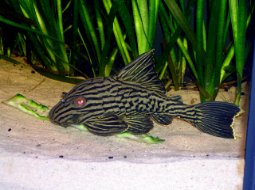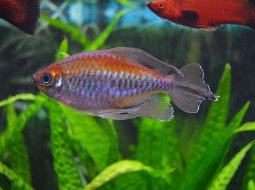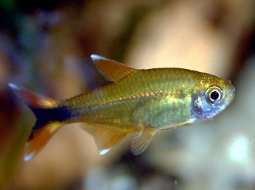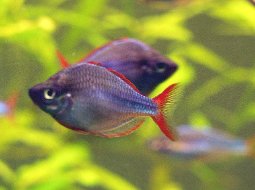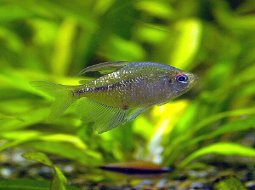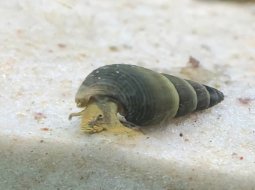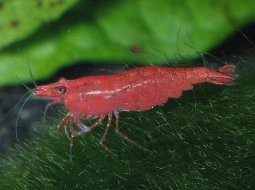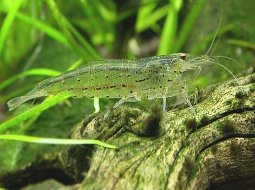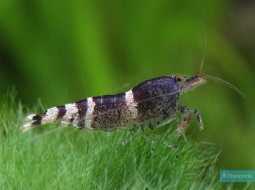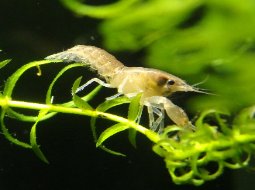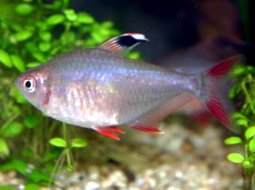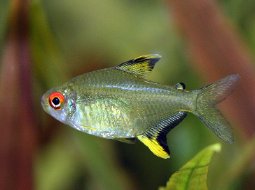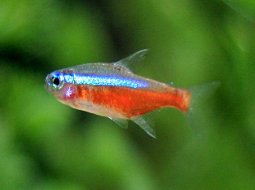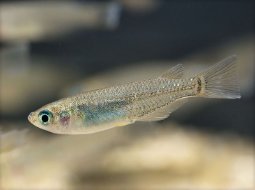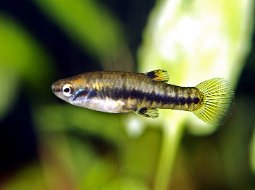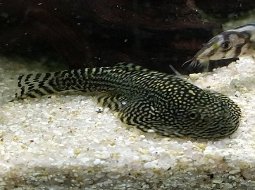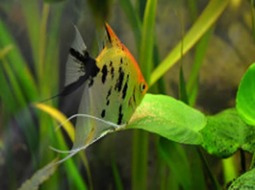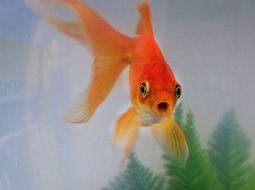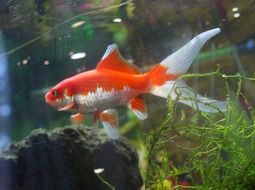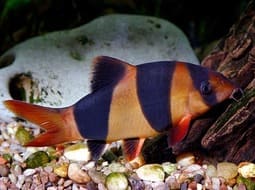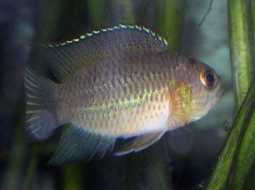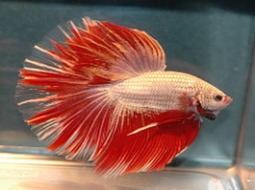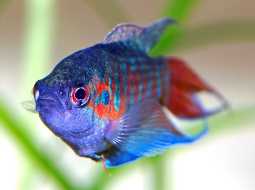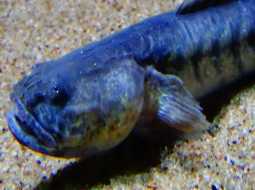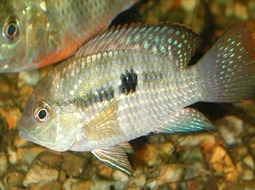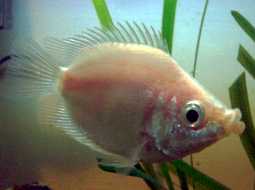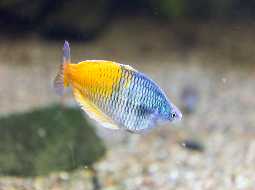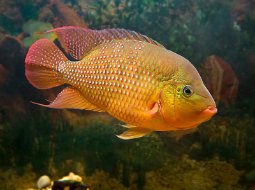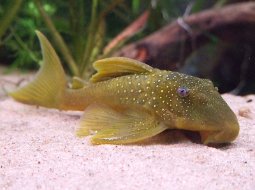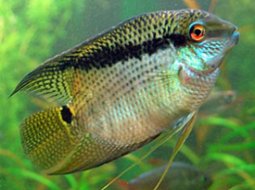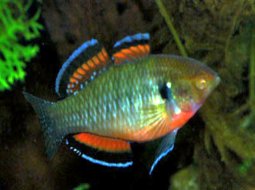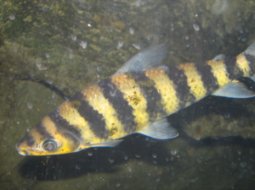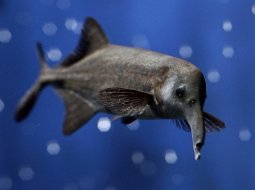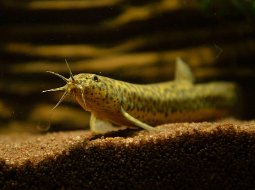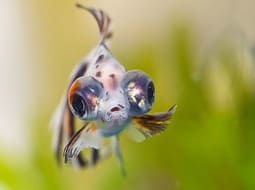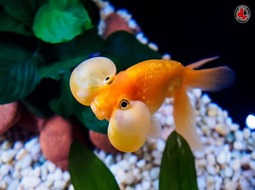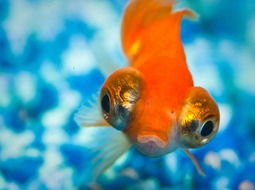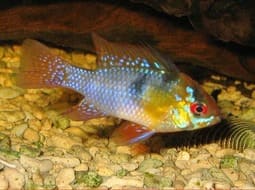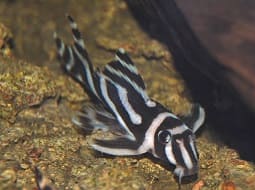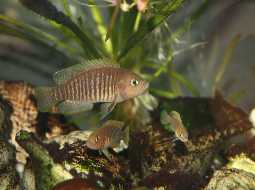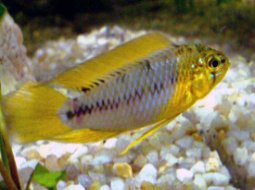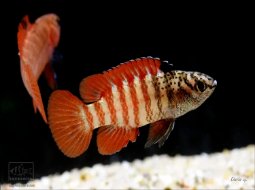
Loading Aqualapp ...
Care and Compatibility of Glowlight Tetra - Hemigrammus Erythrozonus
Introduction
The Glowlight Tetra, also known as Hemigrammus erythrozonus, is native to the regions of South America, such as Brazil, Colombia, and Guyana. They have an elongated and slender body with a forked tail fin. Their coloration is remarkable, with an iridescent red or orange stripe running along their body from the head to the base of the tail. This feature gives them a glowing and attractive appearance in the aquarium.
Behavior
The Glowlight Tetra is a small and active species that stands out for its colorful and luminescent appearance. They are schooling fish and feel more comfortable when kept in groups of at least six individuals. They are peaceful and get along well with other fish species of similar size. They enjoy swimming in open water and exploring the aquarium in search of food.
Sexual Dimorphism
Sexual dimorphism in Hemigrammus erythrozonus is minimal and difficult to distinguish. Both males and females have a similar appearance.
Reproduction
Breeding the Glowlight Tetra can be achieved in a community aquarium, although a separate breeding tank can also be set up. They are egg-layers, and the female will deposit her eggs on plants or fine substrates. The parents do not care for the fry, so it is recommended to remove the eggs or fry and place them in a separate breeding tank. The fry will hatch after one or two days and can be fed with infusoria and specialized powdered fry food.
Aquarium Conditions
Hemigrammus erythrozonus, commonly known as cardinal tetra, requires a well-planted aquarium with open swimming areas. It prefers neutral to slightly acidic water. Aquarium décor should include hardy plants and sheltered areas. Maintaining water quality is crucial and providing a varied diet.
Feeding
The Glowlight Tetra is omnivorous and feeds on a variety of foods. In the wild, their diet consists of small aquatic organisms, larvae, and insects. In the aquarium, they will accept commercial foods in the form of flakes or pellets, as well as live or frozen foods such as daphnia, brine shrimp, and mosquito larvae. It is recommended to provide them with a balanced and varied diet to maintain their health and vibrant coloration.
Complexity
Caring for Hemigrammus erythrozonus is relatively straightforward. They are peaceful and active fish that adapt well to a variety of water conditions. They are hardy and can live in a wide range of temperatures. They mainly feed on vegetable matter, but also accept live and frozen foods.
In case you need more help, or if you want to know into any topic related to the Hemigrammus Erythrozonus (Glowlight Tetra) and even any other species you can use the forums to ask what you need.
To do an analysis more detailed about coexistence and behavior of Hemigrammus Erythrozonus (Glowlight Tetra) use the Aquarium simulation tool, if you do this you can test different ways to combine the Glowlight Tetra with other fishes giving the dimensions and space on you aquarium, on this way you can known the optimal configuration for keep the fishes that you want.
You can also find out the 114 species compatible with the Hemigrammus Erythrozonus (Glowlight Tetra) can live together.
Note: The parameters of the water such as PH and temperature are also used to calculate the compatibility of the species.
Compatible species (114)
Compatible (76 Species)
Compatible without any restriction
Knowing Yourself From Small (1 Species)
They can live together if they have known each other since they were very small, that is, they grew up and grew up together. it does not work in all cases, there may be exceptions.
Similar Sizes (4 Species)
They can coexist if they are the same size or very similar sizes, it does not work in all cases, there may be exceptions.
With Reservation (5 Species)
Compatible in some cases, it depends on the nature and personality of the fish.
Considerable size difference (18 Species)
They can coexist while they are similar in size or the size difference is not very abysmal, since as the fish grows it increases the chances of eating its partner that did not grow much.
Food competition (3 Species)
They can live together but you have to be careful since it is likely that the fastest fish will take all the food and leave nothing for their partners who are slow swimmers, so you have to make sure that everyone can eat.
Compatible if space is enough (7 Species)
They can coexist together if the aquarium they share is large and spacious enough for both species to feel good, as some fish may attack others to feel that they have little space and try to eliminate the competition.
Glowlight Tetra
Hemigrammus Erythrozonus
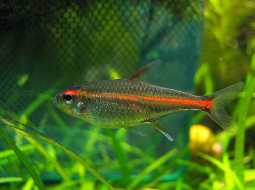
- Ph: 6 - 7.5
- Temperature (c°): 20 - 28
- Measures: 3 cm - 4cm
- Aquarium Capacity:
6 Liters - 2 Gallons - Alimentación: Carnivores, Omnivores
- Colores: Black, Red, White
- Comportamiento: Active, Peaceful, Shoal
- Habitad: American
- Preferencias del Acuario: Natural plants, Rocks
- Tamaño: Very small
- Taxonomía: Fish
- Tipo de Agua: Sweet water, Tropical waters
- Velocidad de nado o movimiento: Normal
- Zona de Nado: Swim in the middle of the aquarium

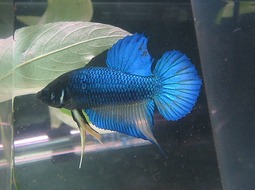
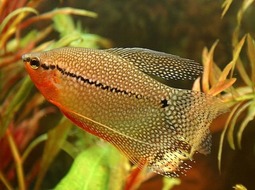
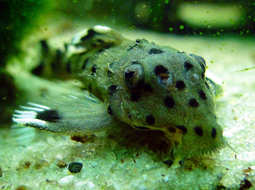
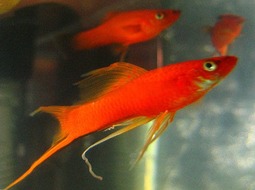
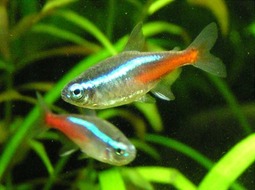
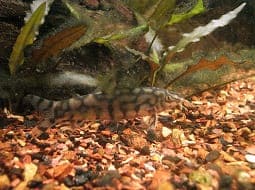
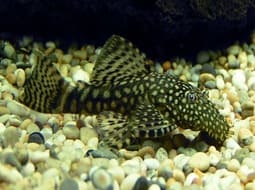


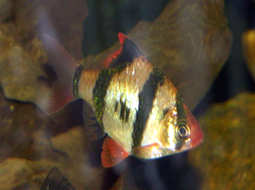
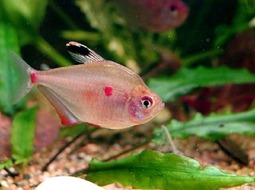


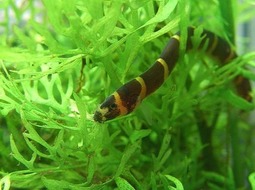

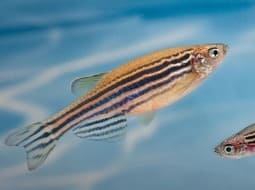
.jpg)


.jpg)
